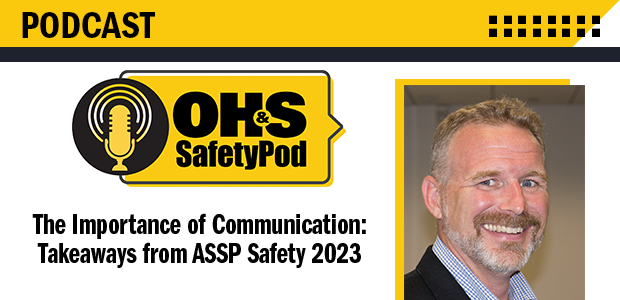
The first deadline is less than two weeks away.

Interested in bringing technology into your workplace? Here are a few elements that may be helpful.

From setting up your workstation to taking walks, there are many ways office workers can create a healthier workspace.

Every workplace needs a safety plan, but businesses need to determine what safety checks work best for them.

Here’s how human intelligence and machine capabilities can be used in facility management.

What risks do these types of injuries present for healthcare workers, and what can be done to keep workers safe?

Advancements in technology can play a role in helping more workers may it home at the end of the day.

Let’s look at what records you need to keep and the benefits of electronic recordkeeping.

Hear from OH&S Executive Editor David Kopf as he speaks on what he learned about communication at the annual event.

Miracapo Pizza Company was also placed in OSHA’s Severe Violator Enforcement Program.